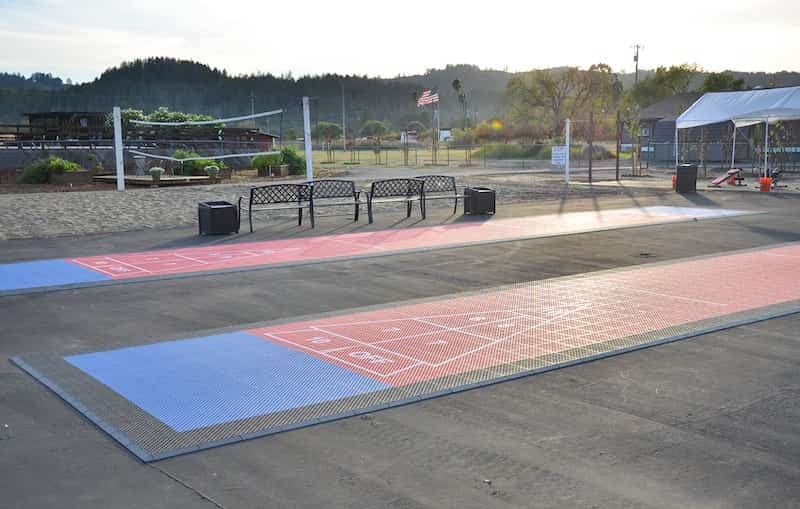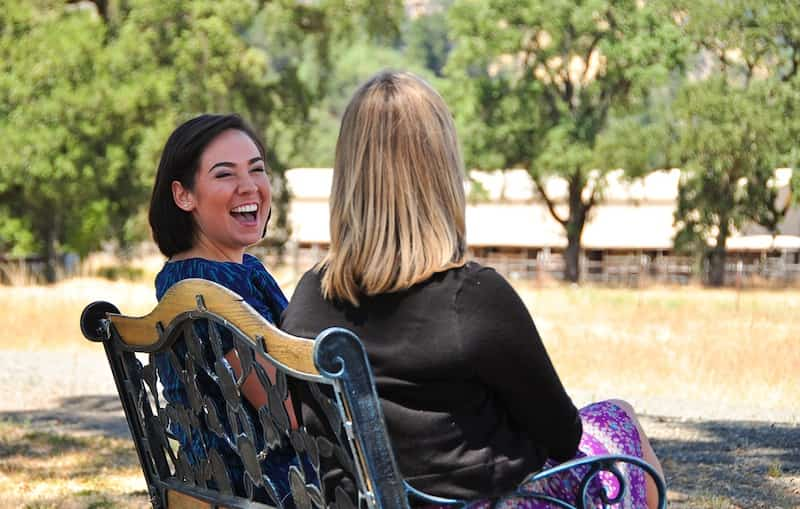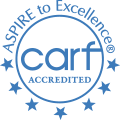Seeking Safety is an effective treatment model for individuals whose lives have been impacted by substance abuse, addiction, trauma, and certain other challenges. If you can benefit from Seeking Safety, this approach can be incorporated into your personalized treatment plan at Duffy’s Napa Valley Rehab in northern California.
Introduction to Seeking Safety
An introduction to the fundamentals of the Seeking Safety treatment model
Seeking Safety is a highly flexible counseling model for individuals who have been struggling with substance abuse and trauma.
The Seeking Safety model can be incorporated into treatment in inpatient, residential, and outpatient settings. The model is suitable for individual and group sessions, and it can be beneficial for adolescents, adults, and seniors. Also, Seeking Safety can be employed as a stand-alone treatment model or offered in conjunction with one or more other therapeutic approaches.
The Seeking Safety treatment model is built upon five key ideas:
- Safety as the priority of treatment
- Integrated treatment
- A focus on ideals
- Four content areas: cognitive, behavioral, interpersonal, and case management
- Attention to clinician processes
Seeking Safety incorporates these ideas into 25 skills-based treatment topics. Participants do not need to complete all 25 topics. The treatment model’s flexibility includes the option to select only the topics that are of greatest relevance to the individual or group who is receiving care.
The Seeking Safety treatment model was developed in the 1990s through a grant from the National Institute on Drug Abuse (NIDA). It is an evidence-based, research-supported approach. Through the years, more than 20 studies have documented the effectiveness and benefits of Seeking Safety.
The Goals of Seeking Safety
Discover the goals of the Seeking Safety treatment model
The ultimate goal of the Seeking Safety treatment model is to help you achieve a level of safety in terms of gaining control over your feelings, learning to cope with day-to-day situations, increase functioning and attain stability. As with all forms of effective therapy or counseling, the specific goals of Seeking Safety will be focused on what’s most beneficial for you.
For example, desired outcomes for your Seeking Safety experience may include reducing symptoms of trauma, or posttraumatic stress disorder (PTSD). Your goals may also involve improving personal safety in terms of your thought patterns, behaviors, emotional regulation, and relationship skills.
One of the many benefits of incorporating Seeking Safety into a comprehensive treatment program is that you and your treatment team can adapt this model to best fit your needs and to help you achieve the short- and long-term goals that you’ve set for yourself.
What Happens During a Seeking Safety Session
Discover what you’ll experience when you participate in Seeking Safety
The specifics of a Seeking Safety session can vary depending upon a variety of factors, including the needs, experiences, and goals of the participant or participants. In general, though, you can expect certain procedures and other structural features to be present every time you take part in Seeking Safety.
Sessions typically begin with a “check-in” to introduce the topic of that day’s lesson and to gather feedback from participants. This will be followed by a quote related to the day’s topic. Next, you’ll receive a handout with information to review and discuss. At the end of the session, you’ll complete a “checkout” to summarize how you were able to connect with the topic being discussed, and how you may incorporate what you’ve learned into your daily life. – We don’t do the “checkout” at Duffy’s. Instead everyone is reminded at the end of the session they can approach the facilitator individually with thoughts, questions or concerns. We just don’t have the time to do the lesson and a checkout.
This structure ensures that each session remains focused on the topic of the day, while also allowing for significant discussion and evaluation of the information that’s presented.
Finally, it is important to understand that even though Seeking Safety can be extremely beneficial for people who are living with the effects of trauma, this approach does not involve discussions of traumatic experiences from your past. Instead, the focus is on how those events still impact you today.
Seeking Safety is a present-focused approach. This means that the emphasis of Seeking Safety is on the actions that you can take today to develop or improve skills that will help you to move forward in a healthier, safer, and more productive manner.
Topics & Skills
The Seeking Safety model features 25 topics that may be addressed
The Seeking Safety counseling model includes 25 topics, which are divided into four areas: behavioral, cognitive, interpersonal, and combination. These topics are approached from a perspective of enhancing your understanding and helping you to develop or improve specific skills.
Here are the 25 topics that you might address during your time in Seeking Safety:
Combination topics:
- Introduction to Treatment/Case Management
- Safety
- The Life Choices Game (Review)
- Termination
Behavioral topics:
- Commitment
- Coping with Triggers
- Detaching from Emotional Pain: Grounding
- Red and Green Flags
- Respecting Your Time
- Self-Nurturing
- Taking Good Care of Yourself
Cognitive topics:
- Compassion
- Creating Meaning
- Discovery
- Integrating the Split Self
- PTSD: Taking Back Your Power
- Recovery Thinking
- When Substances Control You
Interpersonal topics:
- Asking for Help
- Community Resources
- Getting Others to Support Your Recovery
- Healing from Anger
- Healthy Relationships
- Honesty
- Setting Boundaries in Relationships
When you’re participating in Seeking Safety counseling, you don’t have to complete all 25 topics. You’ll only work on the topics that are most relevant to your needs and most beneficial to your goals and progress.
Also, the Seeking Safety topics do not need to be addressed in the order that they’re listed above. The progression of topics during your time in Seeking Safety sessions will be determined by what’s best for you (if you’re participating in individual sessions), or for the group as a whole (if you’re taking part in group counseling).
To learn more about seeking safety, reference these resources.
Who Can Benefit from Seeking Safety?
Seeking Safety can benefit adolescents and adults who have been impacted by addiction and trauma
The Seeking Safety model was developed to help individuals who had been struggling with two simultaneous challenges: addiction and posttraumatic stress disorder (PTSD). Through the years, it has become clear that an expanded population can benefit from this innovative approach.
For example, participation in Seeking Safety sessions is not limited to individuals who have a diagnosis of both a substance use disorder and PTSD. Seeking Safety has helped many people who have struggled with substance abuse, but who haven’t developed chemical dependency. Similarly, you can get great value from Seeking Safety sessions if your history of trauma doesn’t rise to the level of a diagnosis of PTSD.
The practices and principles of the Seeking Safety model have also been successfully incorporated into treatment programs for people who had been experiencing other types of mental or behavioral health challenges.
Seeking Safety has proved to be effective with adolescents, adults, and seniors in both gender-specific and mixed-gender treatment environments. The materials that have been developed to support Seeking Safety counseling have been translated into more than 12 languages, which demonstrates that the benefits of this model have cross-cultural applications.
To discover whether the Seeking Safety model is right for you or a loved one, please contact Duffy’s Napa Valley Rehab. We’ll be happy to answer all of your questions and help you decide whether our services, including Seeking Safety, match well with your strengths, needs, and goals.






















